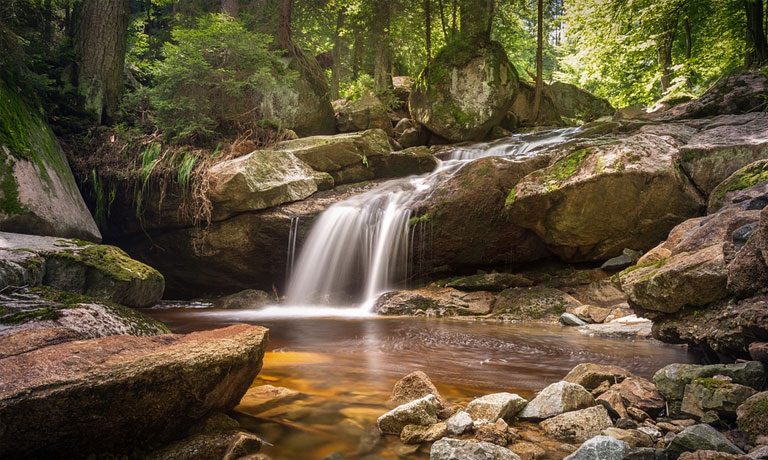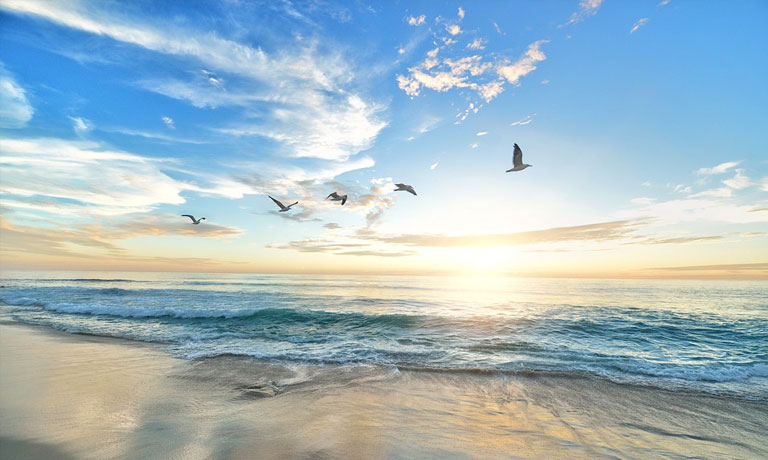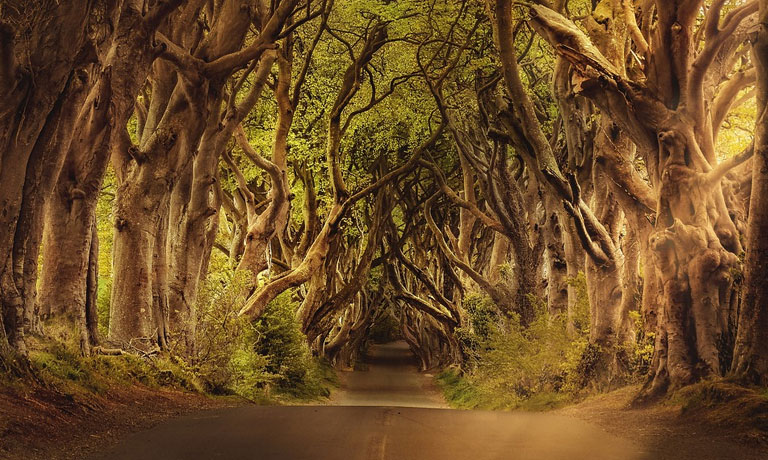It’s quite natural for us to look for the most beautiful elements whenever we see a landscape. While we focus on these things, our eyes and mind can ignore certain aspects of the environment around us. This is something that good landscape photographers never miss.
They capture even the most-ignored elements of a landscape that they come across. Landscape photography brings the viewer into the scene through the techniques of capturing nature’s best elements. When it comes to capturing some good landscape photos, time is the most important aspect.
Once you get to a place you’ve never been to, you must spend some time discovering its various corners. You may also come across some vantage points or key locations in the process. Here, we’ll discuss some of the popular subjects that photographers choose for their landscape photography:
1. Forest
Some forests are light and airy. Others are dark and brooding. Regardless of the type of forest you visit, try to include its true character and feeling. They must be conveyed well in your photograph. You can find a tree trunk that’s slightly different, a colorful vine of flowers, or a winding path.
Lead the viewer to such points of interest. You can capture a particular spot where sunlight is falling directly. Look for lines, patterns, and other elements.
2. A stream or a river

The water must be the center of interest when capturing a river or a stream. A big, slow river will have a different look and feel when compared with a fast-moving stream. It is entirely up to you how the character of the river or stream is to be conveyed.
You can also enhance the photograph by using the reflections that are seen in the water. For example, the colors of reflected autumn leaves can be used for intensifying the image.
3. Mountains
Mountains can be of different types. Some of them are enchanting with lush greenery, while others are rugged and worn. You need to decide what is to be conveyed to the viewer and find the elements that represent the feeling. The spirit of the mountain must be captured appropriately with angle, light, composition, and weather.
4. Plains and prairies
These wide-open spaces can have many elements, such as a stream, a fence line, and a winding road. Some of them lack points of interest and this presents a lot of challenges for the photographers. They must focus on giving something to the viewers that holds their attention. The key is to find a unique element and utilize it as a point of interest. Pick a composition and angle to reflect the plain’s or prairie’s personality.

5. Beaches
You need to first understand how you’re going to convey the shore you’re capturing. Beaches present a variety of contrasts. One can be a tranquil stretch of sands with turquoise water. Another shore can have raging waves crashing against some of the rocks nearby.
Some beaches will have crowds of people who have arrived for sunbathing. Palm trees are great elements for conveying the character of a tropical beach. You can add a little drama to a rugged coastline by capturing a splash of water over the rocks.

